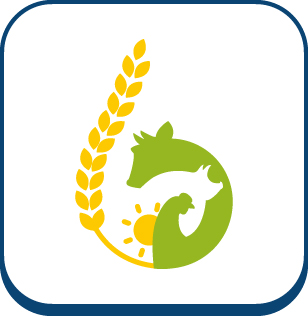A study of sources of variation for the “structureless meat” default in fresh hams
Ajouter à ma liste
Auteurs :
Bouffaud M, Désautés-Sawadogo C, Tribout T, Boulard J, Lagant H, Coudurier B, Sellier P
In the context of the 23rd national test for the evaluation of terminal products, 1151 pigs from eight genetic types were scored for the presence of the “structureless meat” default (SMD). The default was assessed in fresh deboned hams at 48h post mortem. A scoring system was used to estimate SMD : 1 (ham with no default) to 4 (ham with very severe SMD).Globally, the frequencies of scores 1, 2, 3 and 4 were 72.3, 15.7, 9.3 and 2.7 %, respectively. However, large differences in the incidence of SMD were found between genetic types: the estimated probabilities, according to the genetic type, ranged from 55 to 85 % for score 1 and from 6 to 22 % for the scores of 3 and 4. The occurrence of SMD was slightly higher in castrated males than in females (non-significant difference). The incidence of SMD was greatly affected by slaughter series, but no seasonal influence was apparent over the 14-month study period. High growth rate appeared to increase the severity of SMD (within genetic type), average daily gain of pigs with score 4 was significantly higher than that of pigs with scores 1, 2 or 3 (987 vs. 927 g/d). The likelihood of developing SMD was significantly associated (within genetic type) with several factors : a higher killing out percentage and carcass lean content, a paler colour and a lower ultimate pH of meat. The association between a higher occurrence or severity of SMD with reduced water-holding capacity of meat was particularly strong. The difference in drip loss amounted to 1.7 standard deviation units for score 4 compared to score 1 for the Longissimus muscle (5.5 vs. 3.0 %, respectively).
Fiche technique
Titre :
A study of sources of variation for the “structureless meat” default in fresh hams
Date sortie / parution :
2002
Référence :
Journées de la Recherche Porcine (Fra), 2002, Vol.34, p. 1-6, Journées de la Recherche Porcine (Fra), 2002, Vol.34, p. 109-114







